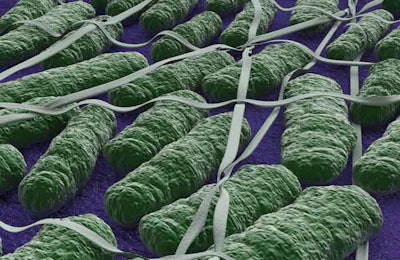
Five antimicrobial chemicals extracted from plants reduced the survival of Salmonella Schwarzengrund on dry dog food in an experiment. The U.S. Food and Drug Administration classifies all five compounds as Generally Recognized as Safe (GRAS), meaning the antimicrobials have substantial history of consumption for food use by a significant number of consumers.
Scientists tested these plant-based antimicrobials:
- trans-cinnamaldehyde
- carvacrol
- thymol
- eugenol
- caprylic acid
After three days of storage, all five plant-based antimicrobials reduced Salmonella’s survival on dog food compared to untreated kibble. Trans-cinnamaldehyde proved most effective.
The scientists concluded that the plant-derived antimicrobials potentially could be used to reduce survival of S. Schwarzengrund on dry dog food. However, the effects of the compounds on palatability may need more research.
Plant-based antimicrobials on dry dog food experiment
First, researchers inoculated portions of a commercially available dry dog food with a two-strain mixture of nalidixic acid resistant S. Schwarzengrund. Then they applied the plant-based antimicrobials, leaving one portion untreated as a control.
The International Journal of Food Microbiology published the study “Efficacy of plant-derived antimicrobials for controlling Salmonella Schwarzengrund on dry pet food.”
More about plant-derived antimicrobials
- Trans-cinnamaldehyde gives cinnamon its flavor and odor.
- Carvacrol provides the odor of oregano.
- Thymol produces the strong flavor of thyme.
- Eugenol has a clove-like scent and is found in clove oil, nutmeg, cinnamon, basil and bay leaf.
- Caprylic acid – Originally found in mammal milk, it is also found in coconut oil and palm kernel oil.
Definition of GRAS by FDA
According to the U.S. Food and Drug Administration’s website:
“Under sections 201(s) and 409 of the Act, and FDA's implementing regulations in 21 CFR 170.3 and 21 CFR 170.30, the use of a food substance may be GRAS either through scientific procedures or, for a substance used in food before 1958, through experience based on common use in food Under 21 CFR 170.30(b), general recognition of safety through scientific procedures requires the same quantity and quality of scientific evidence as is required to obtain approval of the substance as a food additive.”

















